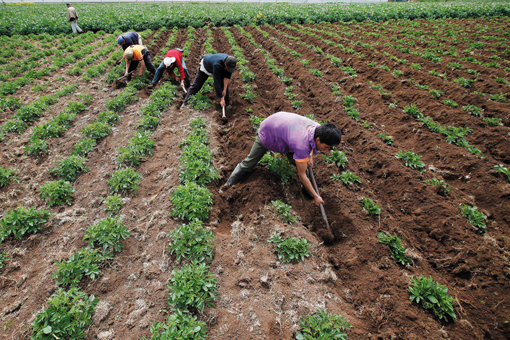Research has demonstrated a relationship between land use and the length of time a region has been under armed occupation. Farmers modify land use the longer an area has been in a conflict zone, often resulting in less productive yields. For example, evidence gathered from four rural micro-regions indicates that in regions with at least one year of non-state armed actors’ presence, households use a higher share of their land for pastureland, idle land and perennial crops (such as coffee, sugar cane and fruits). Both pastures and perennials, which regenerate every year, are more suitable for regions under conflict, since they require less attention from farmers.
When a conflict has lasted between one and three years, farmers return to a more balanced approach between perennial crops and seasonals (such as vegetables, cereals and legumes). This equilibrium falls apart, however, if the conflict environment lasts seven years or longer. At that point, farmers allocate more acreage to pasture and idle land, to the detriment of perennial crops, while overall land use decreases. In effect, investment declines and greater emphasis is placed on less lucrative crops…




